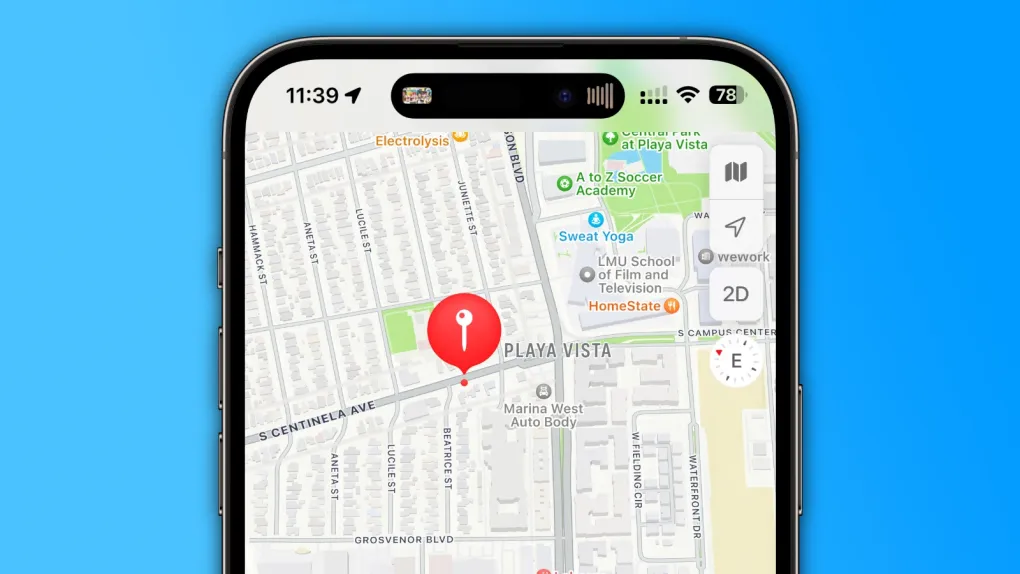Apple is working on a foldable iPhone, and new details suggest it could have a small hole-punch camera on the outer screen. This information comes from analyst Ming-Chi Kuo, who says Apple has ordered samples of this type of camera for testing. This camera design would allow Apple to keep the outer display mostly full-screen while still including a front-facing camera.
A hole-punch camera is a small circular cutout in the screen, similar to what we see in some Samsung and Android phones. Apple currently uses Face ID and a notch or Dynamic Island for the front camera in regular iPhones, but this could change for the foldable model.
This outer screen is expected to work even when the phone is folded. Kuo also said that Apple’s foldable iPhone will likely open vertically, like a flip phone, instead of folding like a book. Earlier reports said Apple plans to launch its first foldable iPhone in late 2026.
Apple is taking its time with foldable devices. While companies like Samsung and Huawei already sell foldable phones, Apple is testing different designs and display tech before moving forward. Reports suggest Apple is trying to make sure the screen doesn’t crease and the design is durable enough for everyday use.
In short, Apple’s future foldable iPhone might come with a sleek outer display and a hole-punch camera, offering a clean design and possibly a new user experience.





